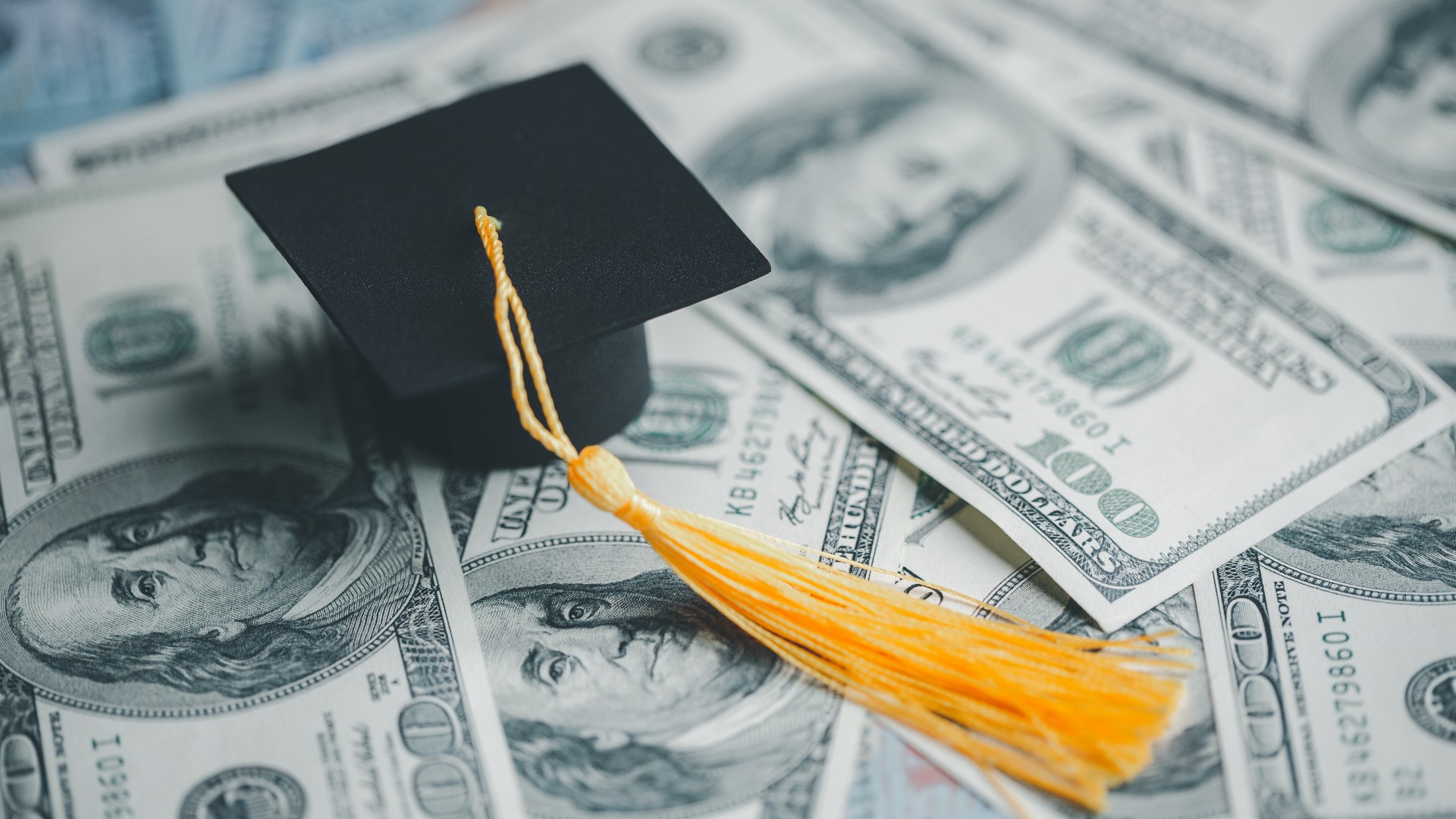YORK, Pa. — According to the Student Borrowers Protection Center, it’s estimated that 20% of borrowers have never had to make a payment during the 3.5-year student loan payment pause and that over 16 million people will be meeting a new loan servicer due to the COVID-19 pandemic.
Student loan repayment resumes this Friday, and experts want everyone to know a few things before the bill comes in the mail.
“Interest will start accruing Sept. 1, but people won’t need to make payments until sometime in October,” said Czulda.
The payment pause ends tomorrow, and interest will resume on Sept. 1 this year. Payments, however, won’t be due until sometime in October. Borrowers will receive a bill 21 days before the payment is due.
“If you were enrolled in an income-driven repayment plan, it might be a more affordable payment plan for you,” said Czulda. “If you haven’t enrolled, figure out what your payment may be and switch to one of those plans.”
There are several kinds of income-driven repayment plans, which are plans that are based on the income borrowers make and not the entire balance of the loan. They include:
- Saving on a Valuable Education (SAVE) Plan—formerly the REPAYE Plan
- Pay As You Earn (PAYE) Repayment Plan
- Income-Based Repayment (IBR) Plan
- Income-Contingent Repayment (ICR) Plan
According to StudentAid.gov, the payment amount under an income-driven repayment plan is a percentage of discretionary income. The percentage is different depending on the plan. Depending on your income and family size, you may have no monthly payment at all.
SAVE Plan
- Generally 10% of your discretionary income.
PAYE Plan
Generally 10% of your discretionary income, but never more than the 10-year Standard Repayment Plan amount
IBR Plan
Generally 10% of your discretionary income if you're a new borrower on or after July 1, 2014, but never more than the 10-year Standard Repayment Plan amount
Generally 15% of your discretionary income if you're not a new borrower on or after July 1, 2014, but never more than the 10-year Standard Repayment Plan amount
ICR Plan
- The lesser of the following:
- Twenty percent of your discretionary income, or
- What you would pay on a repayment plan with a fixed payment over the course of 12 years, adjusted according to your income
President Biden announced that an on-ramp period will begin alongside payments resuming until September 2024. This means borrowers won't be considered delinquent or reported to credit bureaus if they miss a payment. It also prevents loans from being defaulted or sent to debt collection agencies.
“Of course, the downfall to this is that if you don’t make payments until the next year, that interest will continue to accrue, and if you’re seeking something like PSLF—public service loan forgiveness—and you don’t make payments during that time, that time won’t obviously count towards PSLF,” said Czulda.

